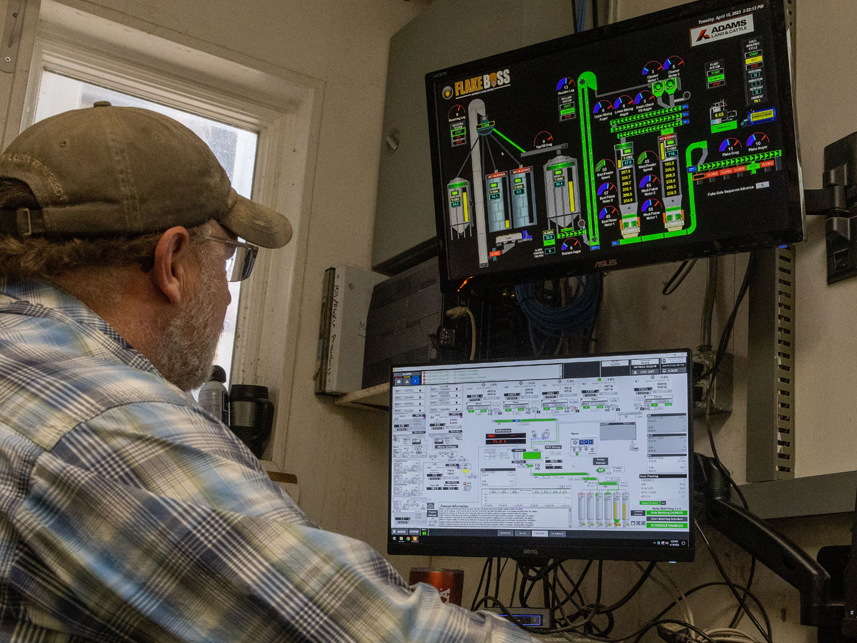Deliver Continuous Improvement in Welfare Outcomes

Our approach in defining welfare-related sourcing requirements balances animal welfare with other important factors such as optimizing water, energy and land use to produce food more efficiently. Changing these variables (for example, switching to slower-growing broiler chicken breeds that require more feed, water and energy before reaching maturity) disrupts this balance. That’s another reason we emphasize animal welfare outcomes rather than inputs; many resource-based inputs that seem critical may have little direct benefit to animals or their welfare.